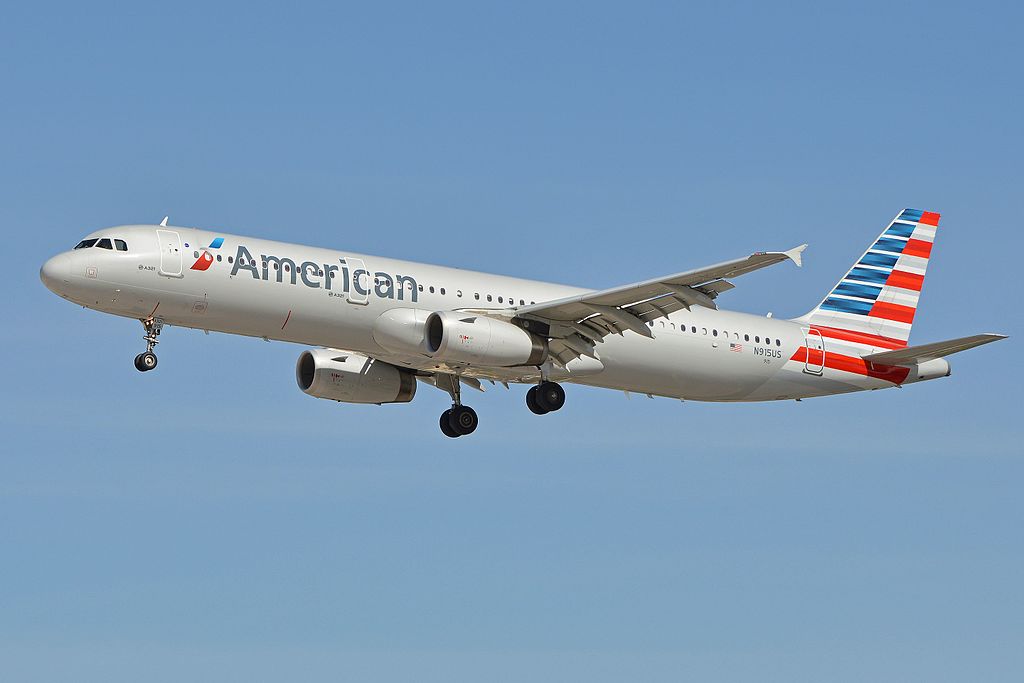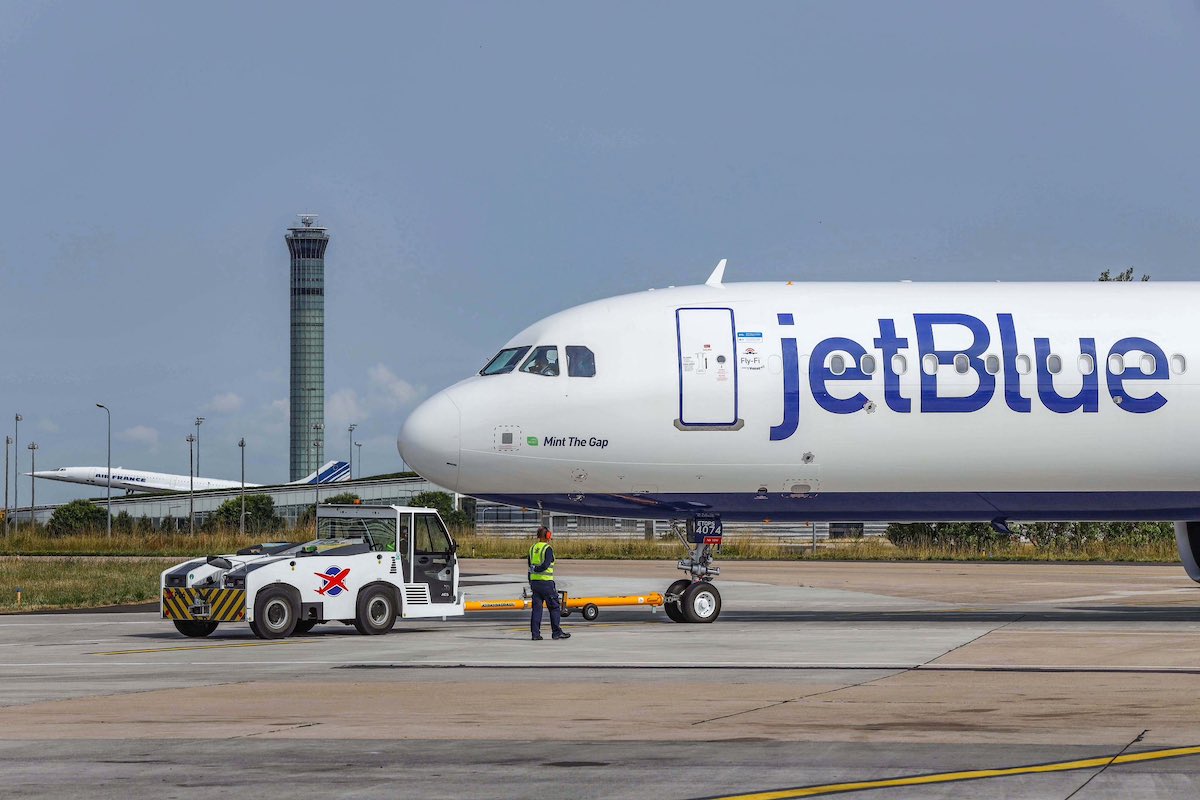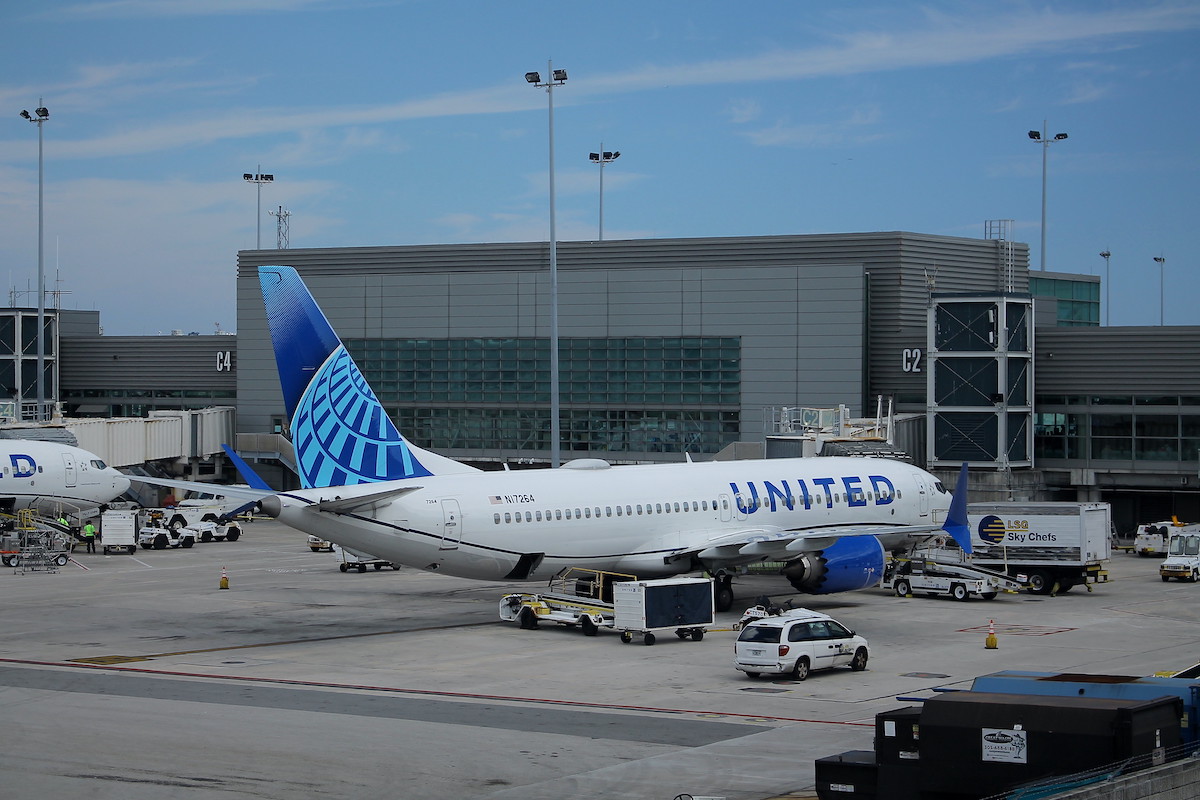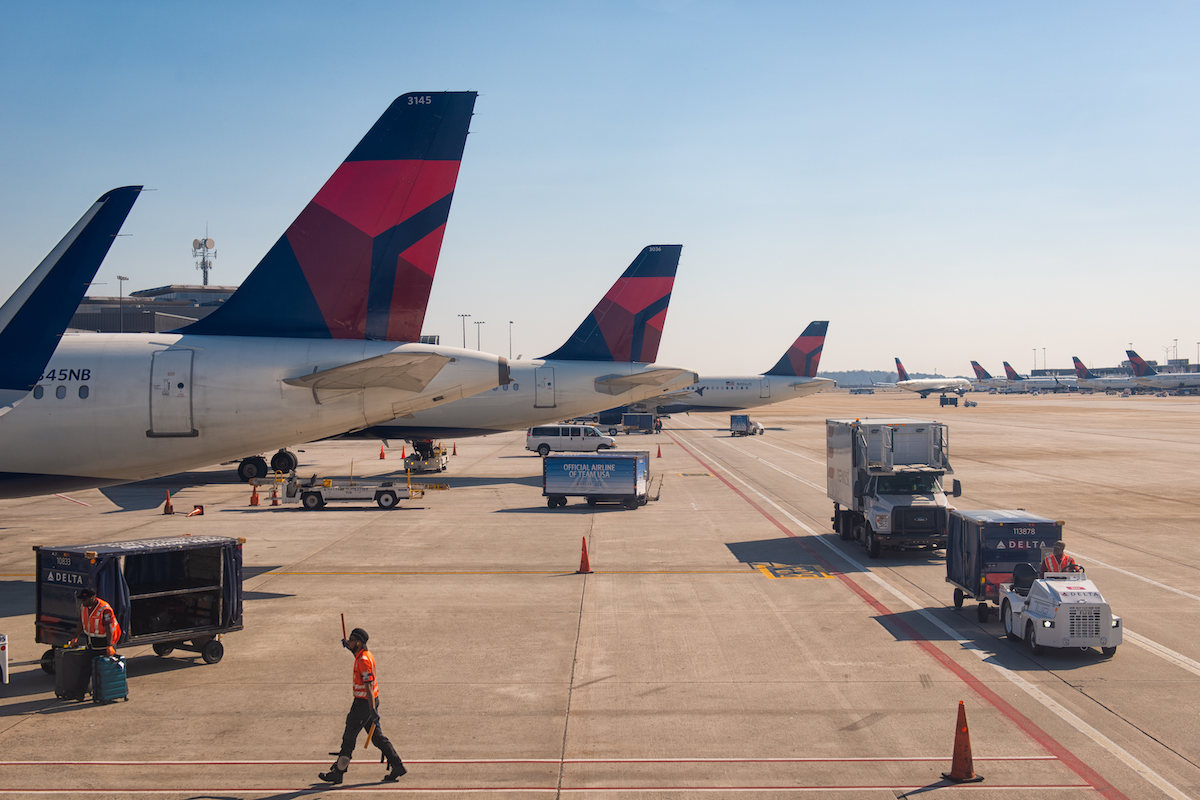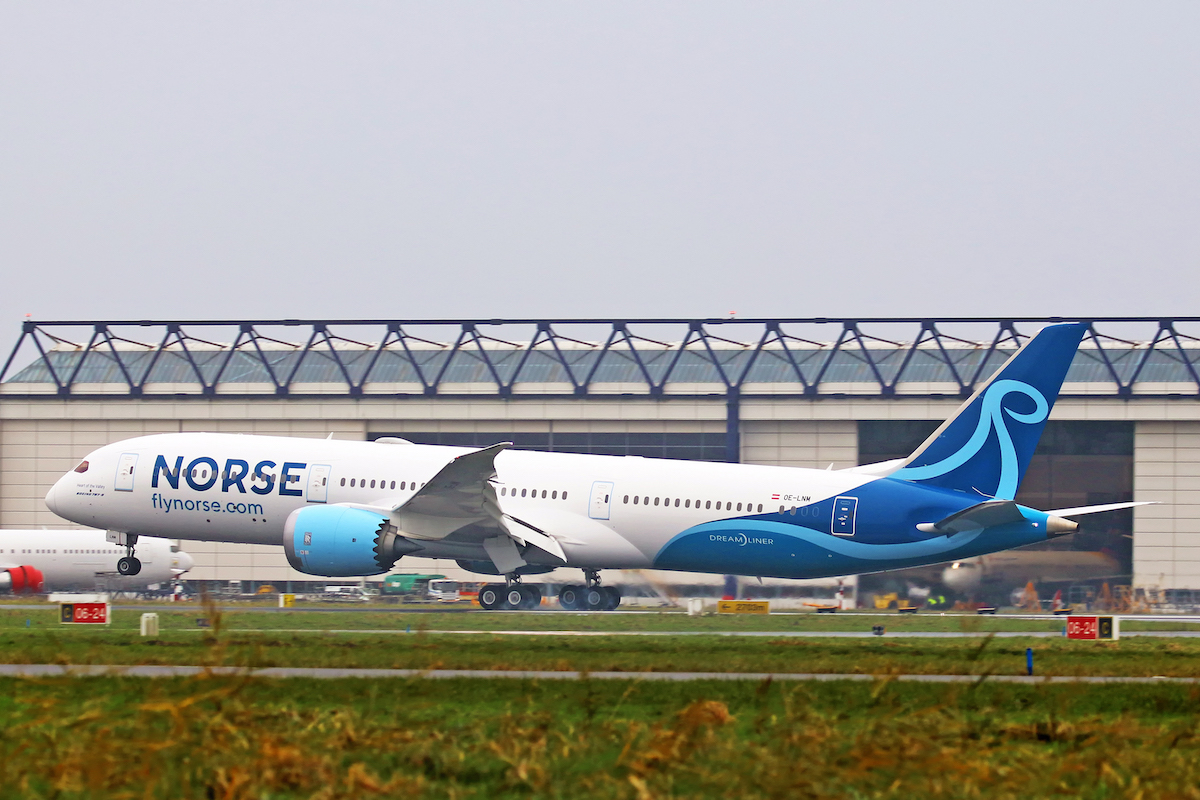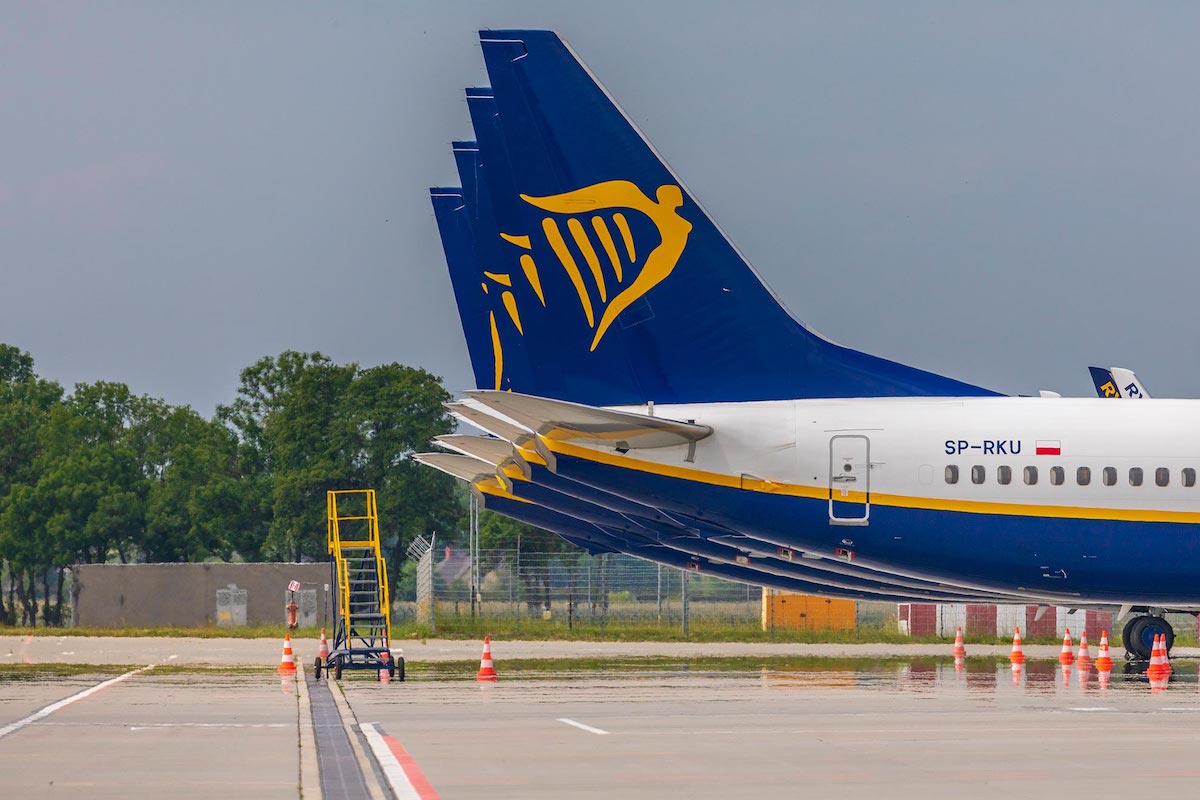American Airlines held on to its title as the largest U.S. carrier by passenger traffic during 2020, despite the ravages of the ongoing coronavirus pandemic.
The Fort Worth, Texas-based carrier expanded its lead over runner up United Airlines by zigging when other airlines zagged, and flying far more capacity in April and May than competitors. That strategy allowed it to carry more passengers — and, more importantly, generate higher revenues — than carriers that instituted deep schedule cuts during the early months of the pandemic.
In 2020, American flew 91.8 billion revenue passenger miles (RPMs) — or passenger traffic — during the year. United Airlines followed with 73.9 billion, Delta Air Lines 73.4 billion, Southwest Airlines 54.2 billion, Alaska Airlines 20.5 billion and JetBlue Airways 18.6 billion to round out the big six.
The rankings matched 2019, except that American expanded its lead over United by nearly a JetBlue — or an impressive 16 billion RPMs. And while global numbers are not yet available, American may yet retain its largest-in-the-world title as many foreign carriers slashed schedules even deeper than their U.S. counterparts.
The numbers come after U.S. airlines weathered arguably the toughest year in their history. Domestic traffic plummeted nearly 60 percent from January through October compared to the same period in 2019, according to the latest available Bureau of Transportation Statistics data via Cirium.
Industry capacity fell 39 percent in 2020 compared to the year before, Cirium schedules show.
The International Air Transport Association (IATA) estimates that airlines globally will lose almost $119 billion combined. In North America, carriers are forecast to lose nearly $49 billion — the most of any single global region.
More traffic did not translate to necessarily better financial results for American. The airline posted an $8.9 billion net loss in 2020 compared with $7.1 billion at United and $12.4 billion at Delta. Revenues were $17.3 billion at American, $15.4 billion at United and $17.1 billion at Delta.
American did overtake Delta for the highest annual revenue, a category the Atlanta-based carrier led in 2019.
The outlook for 2021 is uncertain at best. Every airline is eager to resume flying when demand returns. Some are even forecasting an inflection point around when Covid-19 vaccines become widely available and after which travelers return en masse. However, the possibility of new testing requirements for domestic air travel has put a damper on optimism for when that could occur.
And airlines no longer have as many planes or as much staff as they did before Covid. This will limit their ability to quickly resume all of their pre-crisis schedules. That said, on Thursday executives at American said the airline can return to 2019 capacity levels by the end of 2021 on 110 fewer aircraft. This makes a rapid ramp up possible, at least at American, if demand returns.
